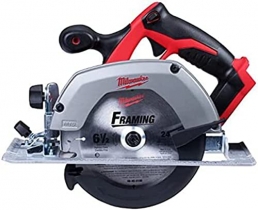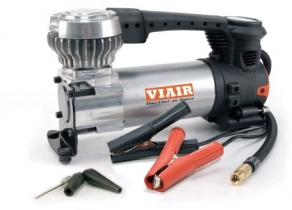-
Welcome to Tacoma World!
You are currently viewing as a guest! To get full-access, you need to register for a FREE account.
As a registered member, you’ll be able to:- Participate in all Tacoma discussion topics
- Communicate privately with other Tacoma owners from around the world
- Post your own photos in our Members Gallery
- Access all special features of the site
2016 Dyno Test
Discussion in '3rd Gen. Tacomas (2016-2023)' started by LnL, Mar 16, 2018.
Page 1 of 2
Page 1 of 2


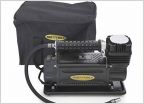 Full Size Spare (285/70/17) or Compressor
Full Size Spare (285/70/17) or Compressor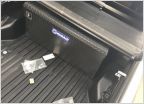 Best 5ft bed cover under $350?
Best 5ft bed cover under $350?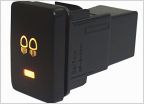 OEM style switches to fit in center council under HVAC controls
OEM style switches to fit in center council under HVAC controls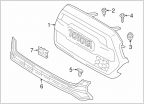 TRD Pro Grille OEM Purchase Help
TRD Pro Grille OEM Purchase Help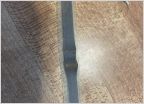 2018 Tacoma TRD Flare Adhesive
2018 Tacoma TRD Flare Adhesive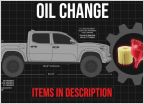 Oil Change
Oil Change

